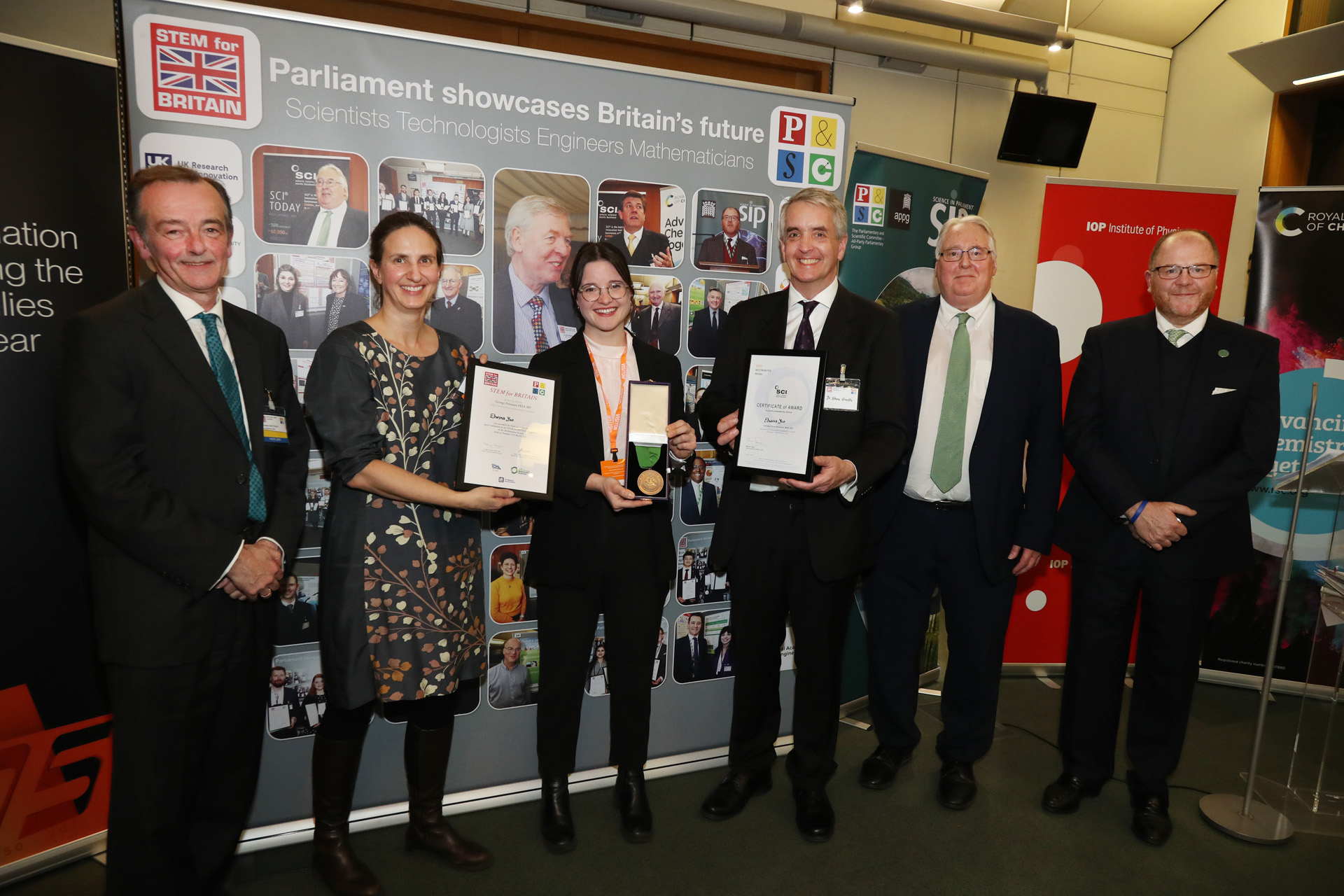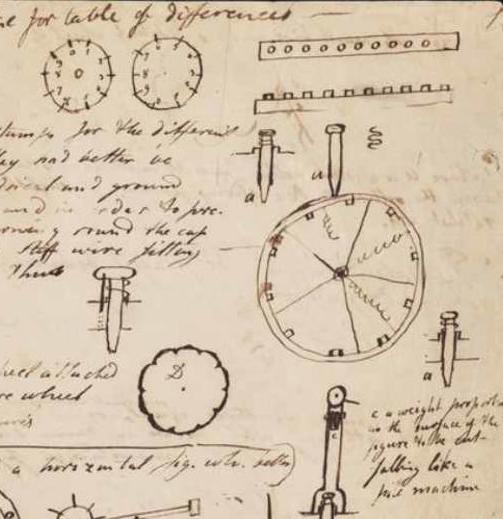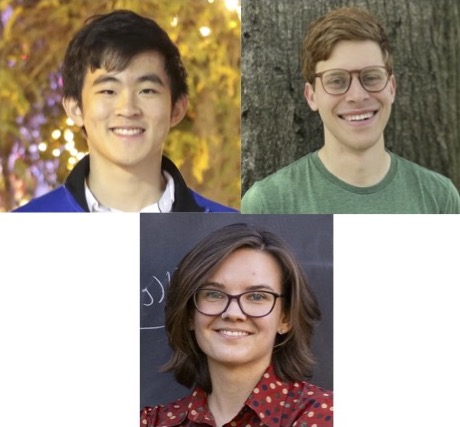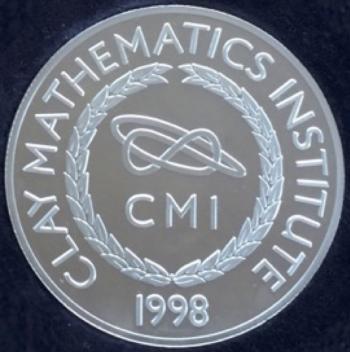Research Fellow: James Maynard
Date: 28 January 2015
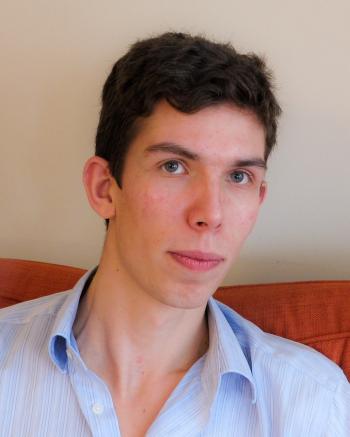
James Maynard has been awarded a Clay Research Fellowship. He obtained his doctorate at Oxford in 2013 under the supervision of Roger Heath-Brown. He is currently a Fellow by Examination at Magdalen College, Oxford.
James is primarily interested in classical number theory, in particular the distribution of prime numbers. His research focuses on using tools from analytic number theory, particularly sieve methods, to study primes. James has been appointed as a Clay Research Fellow for a term of three years beginning 1 July 2015.
